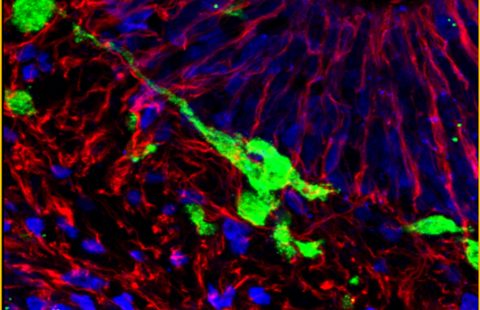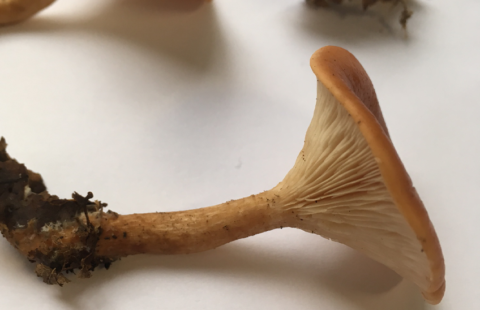SMARCA4 inactivation defines a group of undifferentiated thoracic malignancies transcriptionally related to BAF-deficient sarcomas Francois Le Loarer
1-3, Sarah Watson
4,5, Gaelle Pierron
6, Vincent Thomas de Montpreville
7, Stelly Ballet
6, Nelly Firmin
8, Aurelie Auguste
9, Daniel Pissaloux
2, Sandrine Boyault
10, Sandrine Paindavoine
2, Pierre Joseph Dechelotte
11, Benjamin Besse
12,13, Jean Michel Vignaud
14, Marie Brevet
3,15, Elie Fadel
13,16, Wilfrid Richer
4,17, Isabelle Treilleux
2, Julien Masliah-Planchon
5,6, Mojgan Devouassoux-Shisheboran
18, Gerard Zalcman
19,20, Yves Allory
21,22,23, Franck Bourdeaut
6,24, Francoise Thivolet-Bejui
3,15, Dominique Ranchere-Vince
2, Nicolas Girard
3,25, Sylvie Lantuejoul
26-27, Francoise Galateau-Sallé
28,29, Jean Michel Coindre
30,31, Alexandra Leary
9,12, Olivier Delattre
4,5,6, Jean Yves Blay
1,3,32,33, Franck Tirode
4,5,33 1Cancer Research Center of Lyon, INSERM U1052, Lyon, France.
2Centre Leon Berard, Department of Pathology, Lyon, France.
3Université Claude Bernard Lyon 1, Lyon, France.
4Genetics and Biology of Cancer Unit, Institut Curie Research Center, Paris Sciences et Lettre Research University, Paris, France,
5INSERM U830, Institut Curie Research Center, Paris, France.
6Institut Curie Hospital Group, Unité de génétique somatique, Paris, France.
7Centre Chirurgical Marie Lannelongue, Department of Pathology, Le Plessis Robinson, France.
8Institut de Cancerologie de Montpellier, Department of Oncology, Montpellier, France.
9Gustave Roussy, INSERM U981, Villejuif, France.
10Centre Leon Berard, Department of Genetics, Lyon, France.
11CHU de Clermont Ferrand, Department of Pathology, Clermont Ferrand, France.
12Gustave Roussy, Department of Cancer medicine, Villejuif, France.
13Université Paris Sud, Paris, France.
14CHU Nancy, Department of Pathology, Nancy, France.
15Hospices civils de Lyon, Groupement Hospitalier Est, Department of Pathology, Lyon, France.
16Centre Chirurgical Marie Lannelongue, Department of thoracic surgery, Le Plessis Robinson, France.
17SiRIC Institut Curie, RTOP.
18Hospices civils de Lyon, Hôpital de la Croix Rousse, Department of Pathology, Lyon, France.
19CHU Caen, Department of Pneumology and thoracic oncology, Caen, France.
20UMR INSERM U186, Université Caen- Basse Normandie.
21AP-HP, Hôpitaux Universitaires Henri Mondor, Plateforme de Ressources Biologiques, Creteil, France.
22Université Paris-Est, Créteil, France.
23INSERM U955, Institut Mondor de Recherche Biomédicale, Créteil, France.
24Institut Curie, Département d’Oncologie Pédiatrique, Paris, France.
25Hospices civils de Lyon, Groupement Hospitalier Est, Department of Respiratory Medicine, Lyon, France.
26CHU Grenoble, Department of Pathology, Grenoble, France.
27Université de Grenoble Joseph Fourier.
28CHU Caen, Department of Pathology, Caen, France.
29INSERM U1086, Caen, France
30Institut Bergonie, Department of Pathology, Bordeaux, France.
31Universite Bordeaux 2, Bordeaux, France.
32Centre Leon Berard, Department of Oncology, Lyon, France.
33These authors equally supervised the work.
Nature Genetics, 7 septembre 2015 
